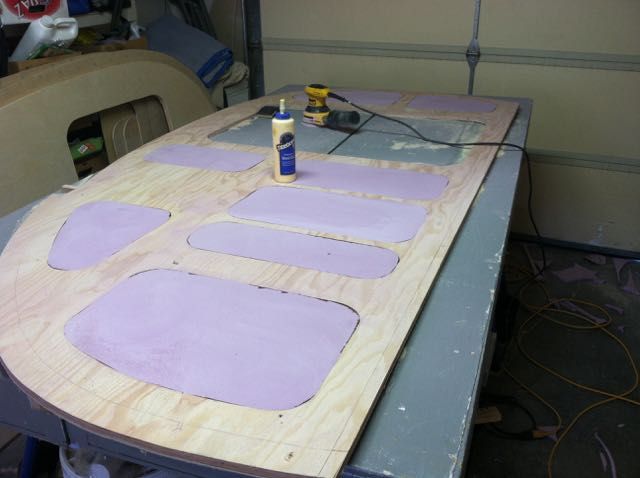 by noseoil » Mon Nov 24, 2014 7:05 pm
by noseoil » Mon Nov 24, 2014 7:05 pm
"Diemjoe wrote:
So slightly off topic. I was doing some mockups this weekend to test my Skeleton. I pocket drilled 4 pieces of 1x4 poplar into a square to test it. Per Kregs screw length table I used 1.25 inch screws. I was able to pull them right apart although I didn't use any glue. A few questions:
Is 1x4 adequate thickness?
Is Poplar suitable for skeleton?
I'll try gluing tonight but curious if longer screws should be used?
Poplar is expensive!!!!"
That's why I'm not overly fond of Kreg screw construction in general. I see lots of examples where these screws are used and don't have the strength of a wood dowel. This is not bashing the screws or the system (or the poeple who use it), just saying that people don't understand the strength of materials and characteristics, so they use the setup improperly and it isn't as strong as other systems in some applications. Granted, in this example with the wood glue & skins it will be impossible to pull the frame apart, but I digress. The screws serve to align the parts until the glue has a chance to work. I just prefer dowels in my builds for most things (but I'm an old fart anyway).
Poplar is a very good wood for framing. It is light, easy to mill and plenty strong for frame & panel construction. It stains & finishes well also, but it just looks "ugly" with a natural finish unless color & grain selection are done carefully.
Poplar is CHEAP! If you're buying from the local Home Delay type of store, you're being ripped off. 4/4 is usually going for about $2.50 a board foot (1" x 1' x 1'), depending on where you live & who you buy from. It's much cheaper than ash, oak, walnut, birch or other hardwoods, also not as hard or tough or heavy. If you buy as "finished stock" from a local big box store, then you're paying for milling you may not need.






